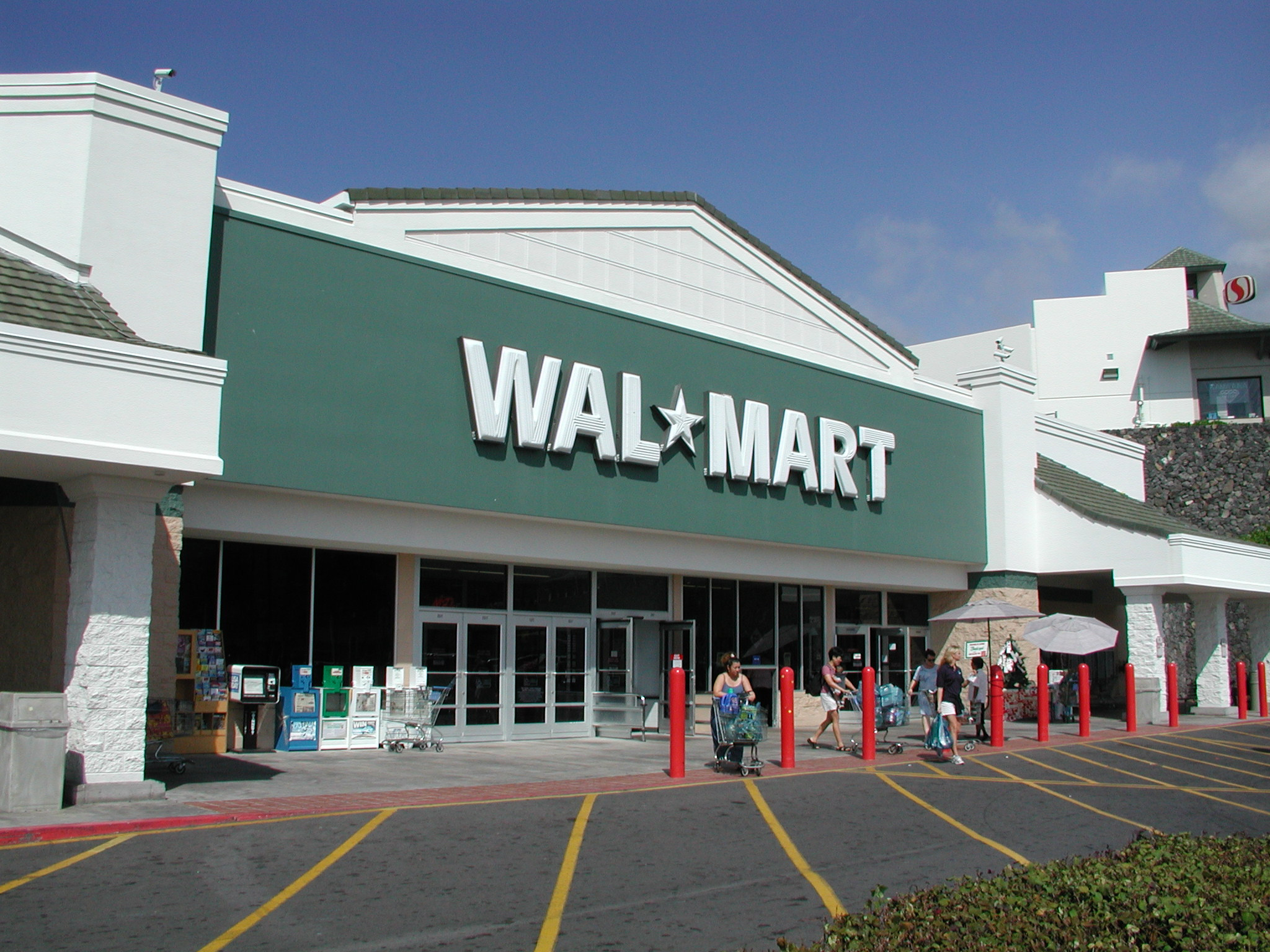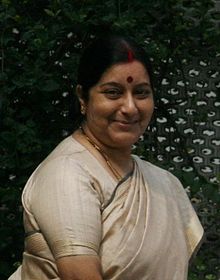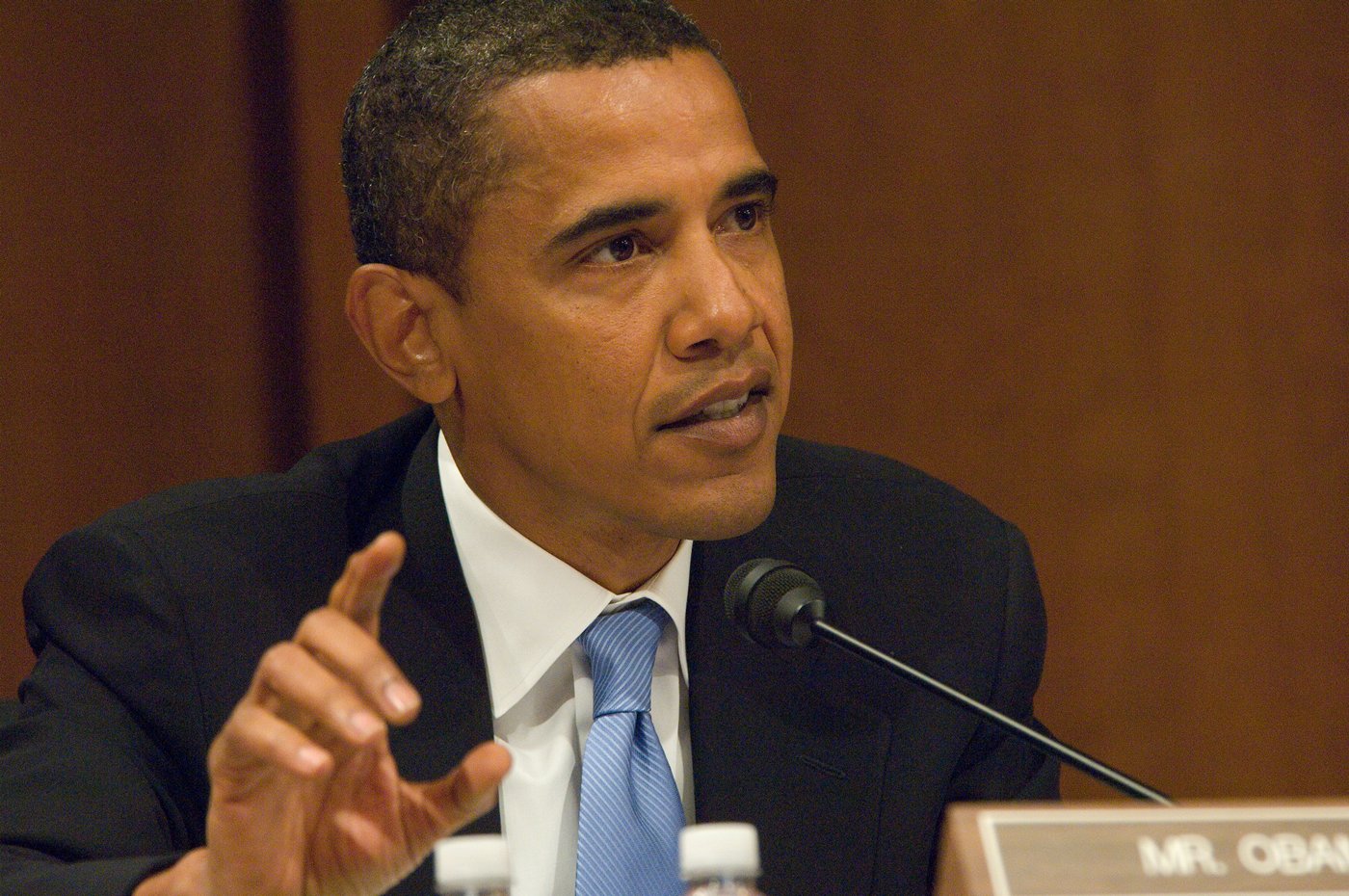Vivek Kaul
Raghuram Rajan and Luigi Zingales in the introduction to their fantastic book Saving Capitalism from the Capitalists write “Those in power—the incumbents—prefer to stay in power. They feel threatened by the free markets.”
So who are these incumbents? “The identity of the most dangerous incumbents depends on the country and the time period, but the part has been played at various times by the landed aristocracy, the owners and managers of large corporations, their financiers, and organised labour,” Rajan and Zingales write.
Something along these lines is currently playing out in the Indian retail sector. The incumbents (or what we can now call the offline players) are feeling threatened by the e-commerce companies, the new kids on the blocks. E-commerce companies like Flipkart, Snapdeal and Amazon have changed the rules of the game.
The e-commerce companies are gradually taking business away from incumbent offline players by offering huge discounts on products that they sell. One reason for the same is the fact that the ecommerce companies have managed to get around the inefficiencies built into the Indian retail system.
Professor Rajiv Lal of Harvard Business School explained this in an interview with Forbes India. As he put it “Basically the margins that are build up because some of our retail chain are inefficient. Think about the amount of inventory that is being held in the Indian apparel business. It is humongous. Stores are full of inventory and most of them don’t even know how much inventory they are holding. All that stuff is being reflected in the prices that we pay.”
The e-commerce companies don’t have to maintain huge inventories. If they manage to build up an efficient supply chain network, they can keep ordering goods as they go along. Hence, they do not to have maintain a large inventory like the offline players. This helps keeps costs down.
Also, like offline players they do not need to maintain a huge physical infrastructure like showrooms, godowns etc., to sell their goods. They can also buy goods directly from companies producing them and get a better deal in the process. These goods can be then directly sold to prospective consumers without having to go through an elaborate distribution channel.
Take the example of books being sold online. One reason why 30% discount on books being sold online is normal because the bookstore’s margin has been taken out of the equation totally.
Given these reasons, the costs of ecommerce companies are significantly lower than offline players, leading to them being able to offer products at a discount to the maximum retail price.
In fact, people have even started ordering goods like clothes and shoes, online. :Until a few years back nobody thought such products could be sold online. One reason for this is the attractive price. As Lal puts it “even situations that we think that it doesn’t make sense for people to buy things on the internet because of the inefficiencies in the Indian retail system, the price is so appealing that people are willing to compromise on other things.”
There are other reasons as well. Online companies allow buyers to return the product under a certain time period. This has given confidence to people to order products like clothes and shoes.
All this has pushed offline players into a corner. As a retailer told The Hindu Business Line “The consuming class in India is in the age group of 18-30. Incidentally, they are also the ones who are driving up sales in the online space. This may erode our customer base.” Given this, it is but logical that these retailers now questioning the basic business model of ecommerce companies.
As Kishore Biyani told Firstbiz yesterday “Laws in this country do not allow sales below cost price. This is anti-competitive. We (at Big Bazaar and other retail brands) never sell below cost price.” He did not clarify whether his company would be approaching the Competition Commission of India.
Praveen Khandelwal of Confederation of All India Traders (CAIT) said that the association has already approached the Ministry of Commerce. “We do not understand how online retailers gave 60-70% discounts. The prices at which they sold merchandise are lower than our purchase prices. This is a clear case of predatory pricing,” he went onto add.
It needs to be clarified here that not all products sold by online retailers are sold at 60-70% discount. This is the case only for special sales that they organise. Take the case of Flipkart’s recent The Big Billion Day sale. Products were given away at throw away prices when the sale opened at 8 am. But the website ran out of these products very soon. Amazon had also recently been selling books at a discount of 60%, though they did it in a very low profile way. But not all products are sold at such huge discounts all the time.
The offline retailers are reacting in a way that existing businesses react whenever their business model is threatened by a new business model or innovation. The first salvo has been fired and they have questioned the basic business model of the e-commerce companies.
I wouldn’t be surprised if this argument is repeated over and over again in the days to come. Henry Hazlitt explains this technique in Economics in One Lesson “The public hears the argument so often repeated…that it is soon taken in.”
In fact, the small and medium telecom retailers are trying to get telecom brands to stop supplying mobile phones to e-commerce companies. Aam Aadmi Party’s Adarsh Shastri is leading this effort.
As a recent news report in The Economic Times pointed out “It was at one such meeting mediated by Shastri last month that Samsung executives announced to the trade that it will go all out to limit or stop distribution to online sellers who are discounting products. More such meetings are lined up with other brands.”
The report quotes Shastri as saying “Nokia has been cooperating on this. Some brands are more disruptive than the others, like Samsung and even Apple, to an extent. But Nokia, Motorola and HTC have been reasonably open to the idea of price parity between online and retail channels.”
Shastri also said that “”wherever the common retailer is being bullied by a large brand or by the large muscle of online retail, we (AAP) will step in. If it is required tomorrow to take up issues of small retailers, the party will absolutely do it.”
The idea here is to ensure that small and medium telecom retailers continue to stay relevant and are not wiped out by e-commerce companies. While this sounds fair, the trouble with this idea is that it just takes into account one side i.e. the offline retailers. But what about the end consumer?
The question is why is nobody talking about the consumer? First and foremost the consumer is getting a better deal. Doesn’t that amount to something? Further, he has more choice now when it comes to spending his money. If a consumer buys a product that costs Rs 1000 offline at Rs 800 online, he is left with Rs 200. That money he can spend somewhere else. This will also benefit some business at the end of the day.
The trouble of course is that no one knows where the consumer will end up spending the Rs 200 that he saves by buying online. Hence, a coherent argument in favour of the consumer cannot be made. This explains why people like Shastri end up representing only one side of the argument.
Getting back to Biyani, he obviously understands the power of ecommerce and hence is hedging himself both ways. While in public he has been questioning the discounting practises of e-commerce companies, he may also be in the process of tying up with Amazon. As a recent report in the Business Standard points out “Biyani is in talks with Amazon to sell his private labels and sharing back-end facilities.”
To conclude, it is worth remembering that when an existing way of doing things is under threat, the incumbents are bound to react aggressively. This is what is happening right now with the retail sector in India. Nevertheless as Lal of Harvard put it “Why haven’t people asked the question, that should we have introduced auto-rickshaws and taxis because the rickshawallahs would have lost jobs?”
The article originally appeared on www.FirstBiz.com on Oct 8,2014
(Vivek Kaul is the author of the Easy Money trilogy. He tweets @kaul_vivek)



